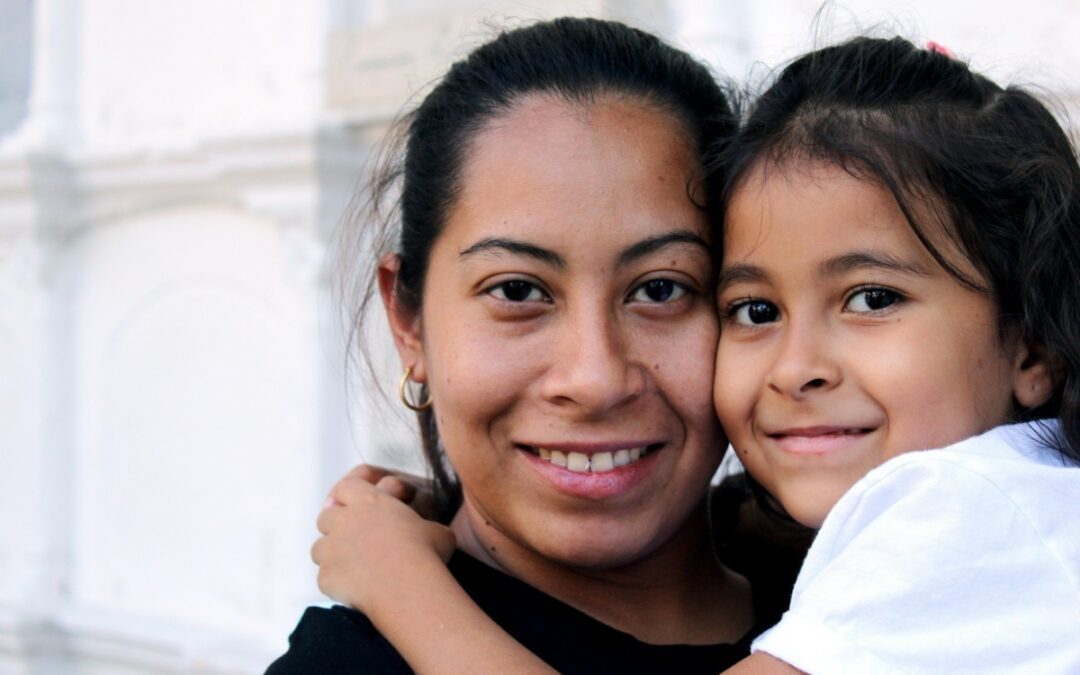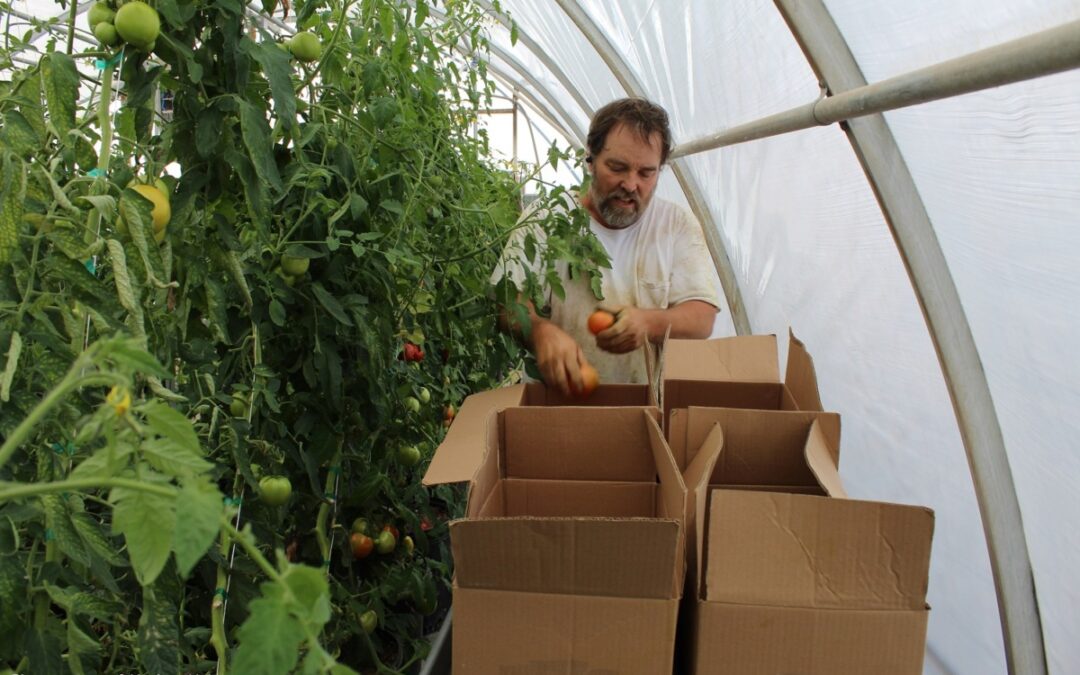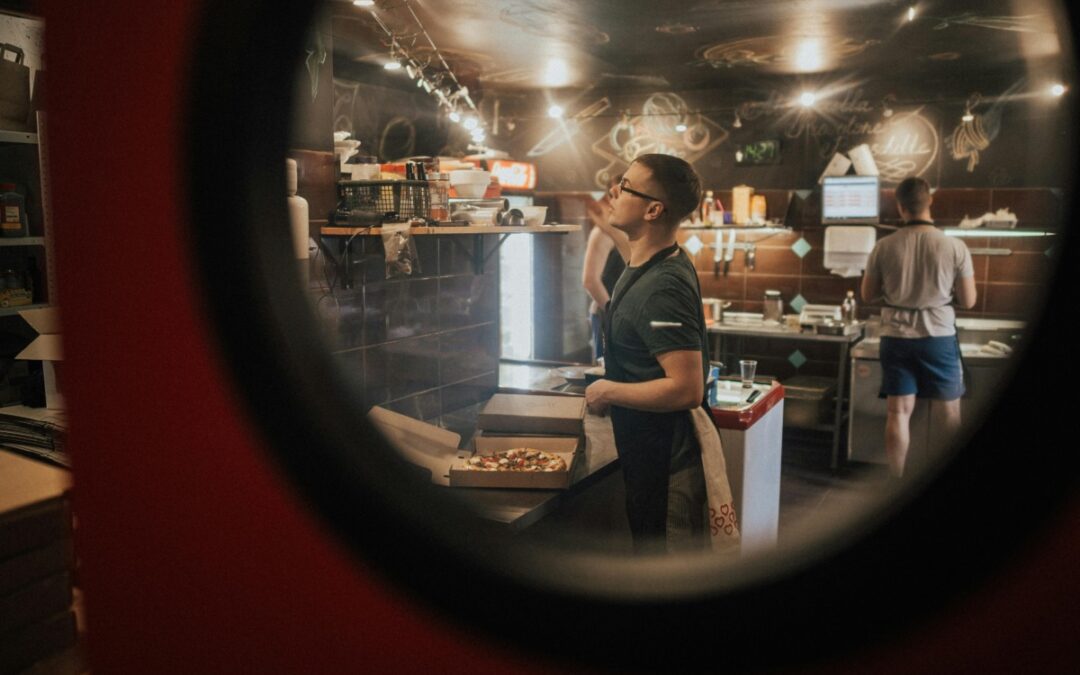
Many hands make light work when a community comes together.
About two years ago, tents started to show up in my neighborhood along the creek beds and in small stands of trees. Most only became visible when the leaves fell, exposing their orange rainflies and blue tarps. This increase in houselessness didn’t feel surprising to me or to my neighbors: The rent has nearly doubled on even the smallest, most dilapidated homes here and families are living doubled up trying to keep a roof over their head.
People in my neighborhood have gone to the city council and asked for rent stabilization and for more affordable housing to be built. We’ve rallied to support our local homeless shelter, hosting donation drives. We’ve asked for rules to be established around AirBnBs. Little has been done and I saw new tents pitched off the highway just yesterday. We are mystified as to how our local elected officials don’t seem to see or feel the crisis with the urgency that we do.
The same thing is true for Clare, Michigan; McGregor, Iowa; New Hope, Pennsylvania; and a whole bunch of other small towns and cities across the country.
The inaction around the housing crisis hurts working-class people who live in those places, and who want to keep living there—raising their families and dropping their kids off at a school where the principal knows their name. But when rents have jumped 30% since 2019, it’s no wonder our country now has the highest number of people unhoused since reporting began.
I recently met a group of residents in Roswell, New Mexico—two time zones and 1,500 miles away from my home—who felt similarly discouraged by the passivity of their local government. With a devastating rental shortage and growing homelessness, Roswell residents formed a group called With Many Hands and hosted a town hall to ask their local officials what the city planned to do. They were dismayed at their answer: Housing and homelessness is an issue for charities to handle.
Those organizers—all local moms, dads, and long term residents of Roswell—refused to believe there was no solution. Instead of backing down, they began knocking on their neighbors doors and holding community meetings to figure out what to do. It was through this on-the-ground, community based approach that they came up with an idea.
When canvassing local neighborhoods, they noticed how many Roswell houses were boarded up or empty. Searching through property records, the group discovered that a number of those vacant properties were owned by other working-class families. The property owners told them that these homes needed just a few, simple repairs– maybe a new roof or HVAC system– to get them back onto the rental market. The repairs were too expensive for these working class families to afford, but doable as part of a collective, community project.
That’s how Rehab2Rental was born. With a small $40,000 seed grant, With Many Hands offered four property owners loans to make repairs that would bring the vacant houses up to HUD standards. In just two months, the pilot program brought four new units into the Roswell rental market and moved families in. The property owners could choose to either repay the loan over two years or lower the rent to fair market value, allowing a family with a HUD voucher to move right in. They all chose to lower the rent.
“This model is simple and replicable,” says Jeneva Martinez, who oversaw the pilot project. “Because we are all from here and put our heads together, we figured out something that can work.” Rehab2Rental has now been awarded an additional $500,000 grant from Housing New Mexico to complete 18 more homes. “The program is a win/win for the property owner, the renter, the neighborhood and Roswell.”
Jeneva is right: Rehab2Rental is replicable. A project like Rehab2Rental could keep homes in my neighborhood locally owned, house local families, and help to keep runaway rent prices in check.
But talking to Jeneva and the others in Roswell, I am also reminded of something fundamental: The people closest to the problem are often the ones who can find the solution. Because the people doing this work in Roswell live in the impacted communities and because they spent time talking to their neighbors, they were able to quickly uncover a solution that worked for everyone—in a town where they had been told it was impossible.
When we are facing big issues that feel chronic in our hometowns, it’s easy to fall into inertia. But every problem has a solution; we just need to ask the right people to join in.
Gwen Frisbie-Fulton is a writer and organizer at Addition Project and is based out of Greensboro, North Carolina. She writes about working-class people, places, and organizing on the Substack Working Class Storytelling.

Sen. Rosen Says the Kroger-Albertsons Merger Would Be Bad for Nevada. Here’s Why.
Polls have routinely shown that affordability is a key issue for voters heading into this year’s election. In a recent sit-down interview, Nevada US...

6 Las Vegas hotels that are basically theme parks
These six Las Vegas hotels rival theme parks with their pools, indoor attractions, entertainment hubs, and more. Plus, you won’t leave with a...

Recursos legales para inmigrantes y refugiados en Nevada
Si eres inmigrante o hijo de inmigrantes, es posible que tú y tu familia tengan miedo de las políticas migratorias de Donald Trump. Aquí en Nevada,...

USDA cancels funding for popular locally grown food programs in Nevada
By Jeniffer Solis - Nevada Current The U.S. Department of Agriculture has axed two programs that gave Nevada schools and food banks more than $6...

State bill would allow immigrant parents to designate legal guardians for kids if they’re deported
Assembly Bill 460 would create a legal process that authorizes a parent or guardian to pre-designate another person to act as a child’s primary...

A love letter to the working class, from Gwen Frisbie-Fulton
It started in the back seat of my family’s Jeep Cherokee, the one with the broken AC and vinyl seats that stuck to my thighs in the late summer...



